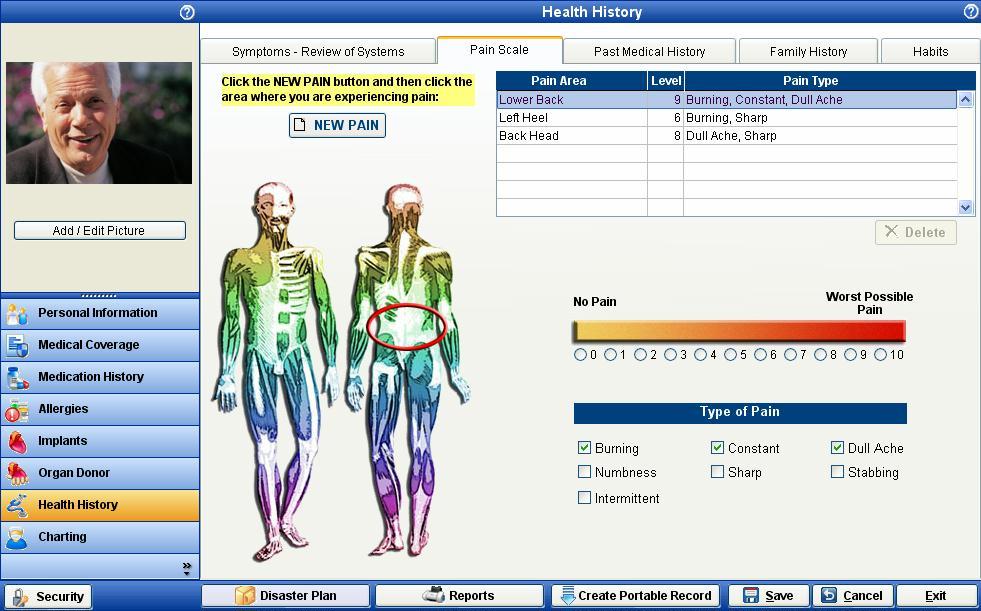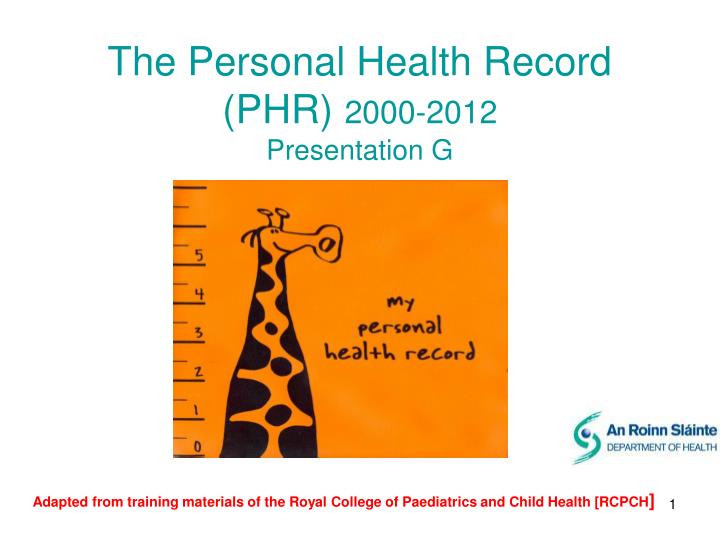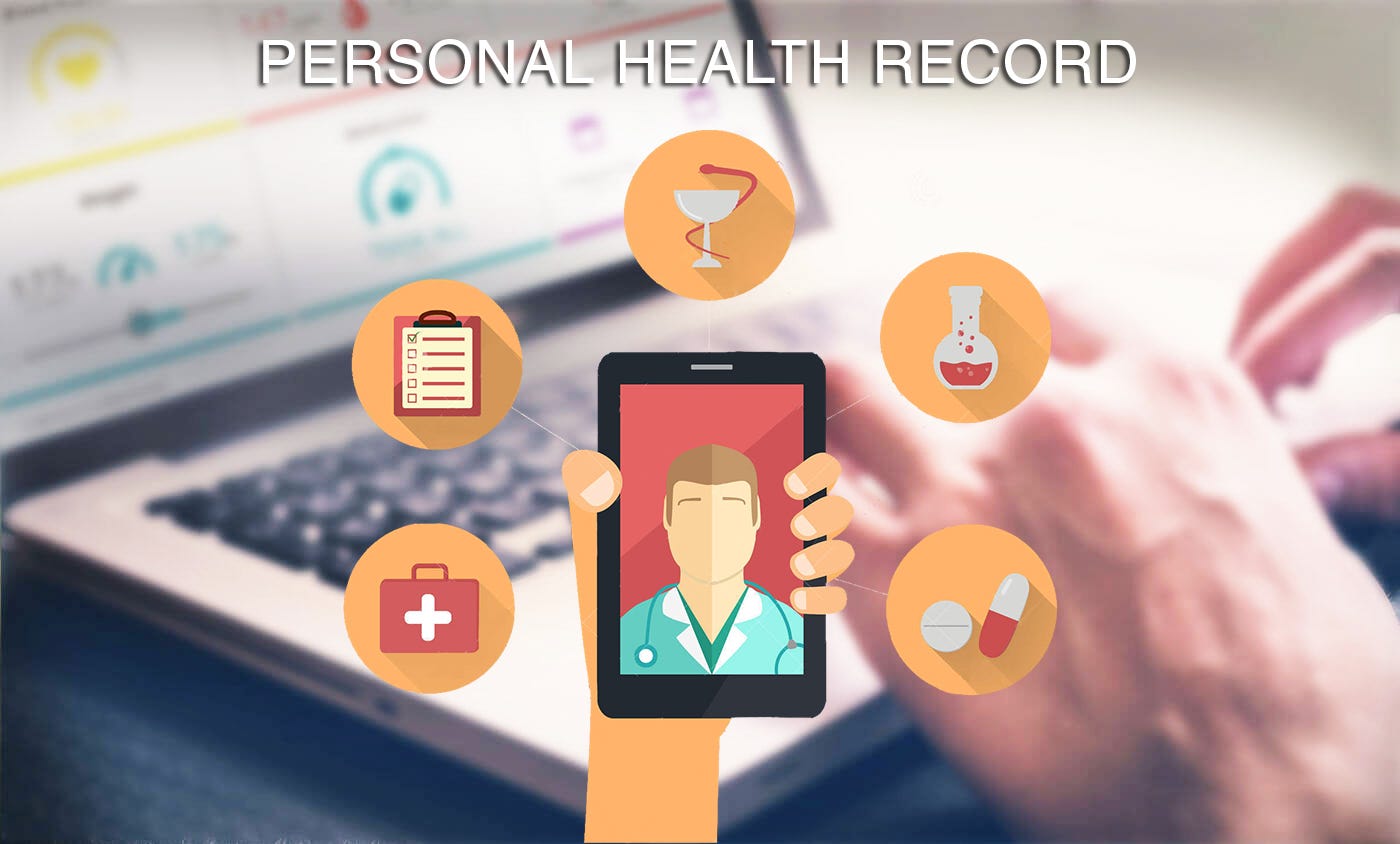Protecting Health Information The Hipaa Security And Breach

Personal health records (phrs) can be kept on paper or electronically. electronic records can be kept via a software application on a personal computer or through an internet-based service. there are two major differences between the formats. the first is the convenience with which they can be updated and maintained. More and more providers are moving to computers to store this information. and the result is a sort of alphabet soup that can be confusing: phrs, emrs, and ehrs. phr, or personal health record. technically, any medical record you keep for yourself is a personal health record. you can keep records: on paper.
Phrsand The Hipaa Privacy Rule Hhs Gov
Personal health records (phrs) contain the same types of information as ehrs—diagnoses, medications, immunizations, family medical histories, and provider contact information—but are designed to be set up, accessed, and managed by patients. patients can use phrs to maintain and manage their health information in a private, secure, and. and prescription refills receive lab results view your personal health record (phr) read more… patient portal ‹ › press release (pdf) faq (
A vendor of personal health records (phrs); a phr-related entity; or; a third-party service provider for a vendor of phrs or a phr-related entity. vendor of personal health records. for the purposes of the rule, your business is a vendor of personal health records if it “offers or maintains a personal health record. ”. Some phrs provide an audit trail that tells the phr owner who has accessed their information, and when. hl7’s personal health record systems functional model (phr-s fm) includes phr functional capabilities in the categories of ‘personal health’, ‘supportive’, and ‘information infrastructure’. Personal health records: phrs and security. report home read the report (pdf) previous section next section. security is an important part of privacy. are phr records more secure? the answer depends on who maintains the phr and whether the security of the phr is sufficient. information held by health care vendors and insurers is subject.
A personal health record (phr) is a health record where health data and other information related to the care of a patient is maintained by the patient. this stands in contrast to the more widely used electronic medical record, which is operated by institutions (such as hospitals) and contains data entered by clinicians (such as billing data) to support insurance claims. Personal health records (phrs) are defined as a healthrecord controlled by the patient. these records include content that comes from multiple sources or healthcare providers, as well as information that has been entered by the patient themselves. Treatment teams, and adhere to their important treatment plans. important tools like electronic health records (ehrs) and personal health records (phrs) will make it easier, safer, and faster for you to get access to your health information and stay engaged. these tools personal health records (phrs) help you become a true partner in your health care and wellness.

Hln Consulting Llc Innovators In Public Health Informatics
The phrs described in the studies were represented by the following naming conventions: phrs, 20,21,22,23,24,25,26,27 electronic phrs, 28,29,30,31 web/internet-based phrs, 32,33,34,35,36,37 personal medical records, 38,39 a teen-oriented phr, 40 and internet-based personally controlled health records. 41,42 most personal health records (phrs) phrs were designated to be used. A hipaa-covered entity is any organization or corporation that directly handles phi or personal health records. covered entities are required to comply with hipaa and hitech (health information technology for economic and clinical health) act mandates for the protection of phi and phrs.

A personal health record (phr) is an electronic, universally available, lifelong resource of health information maintained by individuals. there are numerous potential benefits to phrs, including improved patient-provider relationships, increased patient empowerment, and enhanced care safety, efficiency, coordination, and quality. Personal health records: improving health care quality. personal health records (phrs) can help your patients better manage their care. having important health information such as immunization records, lab results, and screening due dates in electronic form makes it easy for patients to update and share their records. Talking points: personal health records (phrs) what is the difference between personal health information and a personal health record? personal health information is any and all of the data that relates to an individual’s health; while a personal health record is the organized collection of that information maintained in such a way as to be useful when accessed by the patient, a caregiver. Personal health record (phr): a personal health record (phr) is a collection of health-related information that is documented and maintained by the individual it pertains to.

Department of health informatics comsats university islamabad, pakisthan tel: +92 3149500077 e-mail: [email protected] received date: january 05, 2021; accepted date: january 19, 2021; published date: january 26, 2021. citation: afzal n (2021) patient access to health records: a case for healthcare improvement. j health commun vol. 6 no. 2:3. Personal health records (phrs) are the focus of widespread interest as a tool for improving consumers’ ability to manage their health and health care interactions in a variety of settings. there exists tremendous diversity in the functions offered by phrs personal health records (phrs) and there is no universal definition of what constitutes a phr. The basics. yes, there are two main kinds of personal health records (phrs). standalone personal health records: with a standalone phr, patients fill in information from their own records, and the information is stored on patients' computers or the internet. in some cases, a standalone phr can also accept data from external sources, including providers and laboratories.
May 02, 2016 · a personal health record, or phr, is an electronic application through which patients can maintain and manage their health information (and that of others for whom they are authorized) in a private, secure, and confidential environment. Electronic phrs are increasingly being offered to patients through health plans health care providers, employers, and independent vendors. these tools offer a wide variety of features for obtaining, storing, and understanding health information. standalone phrs. what is a personal health record? a personal health record is a collection.
A personal health record (phr) is an emerging health information technology that individuals can use to engage in their own health care to improve the quality and efficiency of that care. in this rapidly developing market, there are several types of phrs available to individuals with varying functionalities. Personal health records (phrs): copies of phrs that are created, owned, and managed by the patient and are provided to a healthcare organization (s) may be considered part of the health record if so defined by the organization. 14. How are ehrs different from personal health personal health records (phrs) records (phrs)? health care providers and other hipaa covered entities maintain ehrs. while some health care providers offer phr products to their patients, patients can also maintain their own phrs independently of their providers. Discuss at least 3 different formats for creating and maintaining a personal health record (prh) while including specific components that should be included in one. list and explain 4 benefits of having a phr and how this may impact the health care of an individual. health record format refers to the organization of electronic information or paper forms within the individual health record.
Phrs are not the same as electronic health records (ehrs), also called electronic medical records (emrs), which are owned and maintained by doctors' offices, hospitals or health insurance plans.. ehrs typically contain the same basic information you would put in a phr, such as your date of birth, medication list and drug allergies. but ehrs contain more extensive information because they're. Methotrexate oral solution is indicated for pediatric acute lymphoblastic leukemia and pediatric polyarticular juvenile idiopathic arthritis. [l7144] methotrexate injections for subcutaneous use are indicated for severe active rheumatoid arthritis, polyarticular juvenile idiopathic arthritis and severe, recalcitrant, disabling psoriasis. [l7147,l7150,l10457] other formulations are indicated to.

United states department of health and human services.
Since 2006, the centers for medicare & medicaid services (cms) has been engaged in a number of pilot projects to encourage medicare beneficiaries to take advantage of personal health records personal health records (phrs) (phrs). these tools, usually available through the internet, can help people track their health care services and better communicate with their providers. Personalhealthrecords what is a personal health record? a personal health record (phr) is more than just a copy of all your medical information, collected from all of your doctors, hospitals, and health insurance providers etc. it also contains all of the other information which is so important to your health that doctors are usually unaware. information systems (iis), electronic health record (ehr) and personal health record (phr) systems this version includes: improvements to handling of
Patient access to health records: a case for healthcare.
